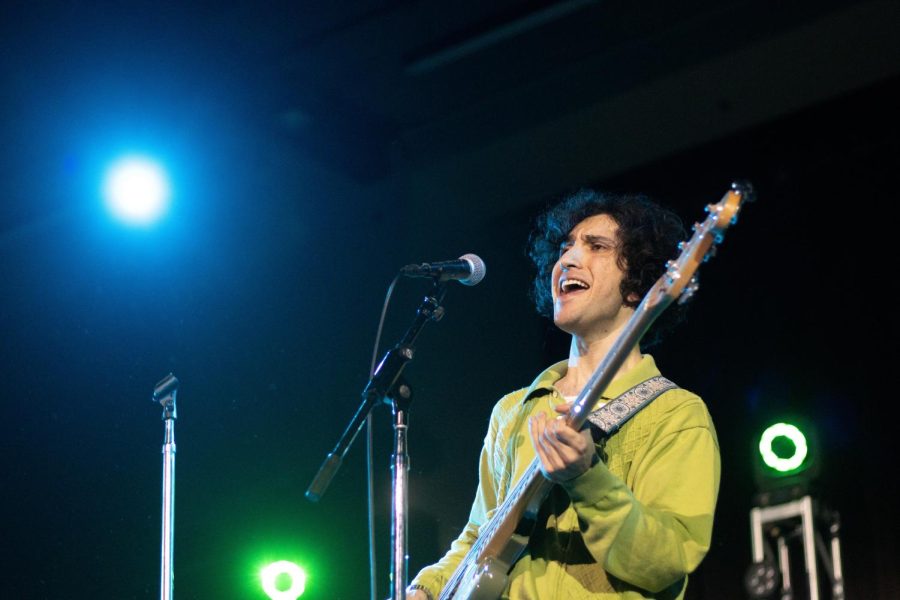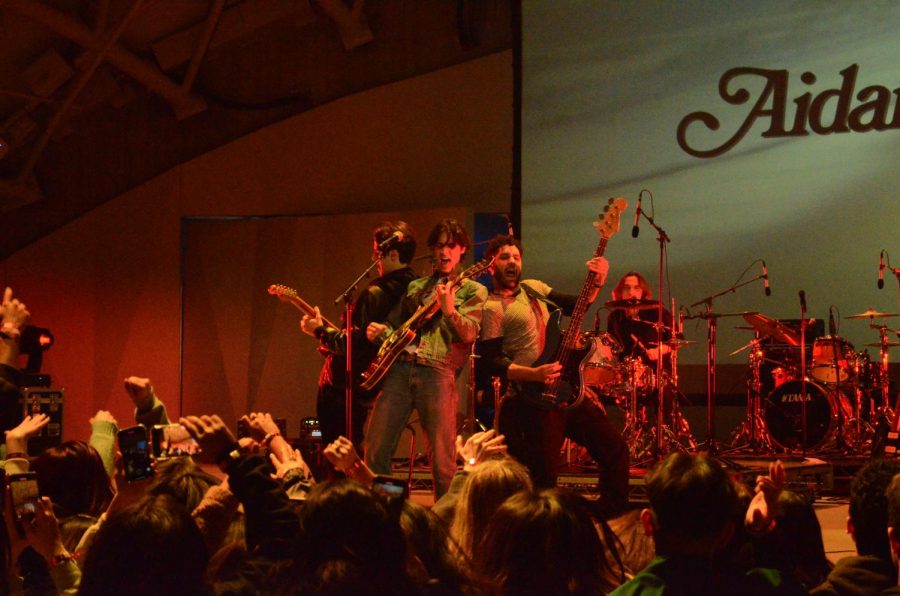At this point, with back-to-back summer releases of “Cars”
and “Ratatouille,” we’ve come to expect a Pixar movie. It’s easy to overlook
how special every Pixar release actually is: “We’ve spent the last 15 years
just trying to get up to speed so that we can get to one movie a year,”
director and co-writer Andrew Stanton remarks, regarding this year’s offering,
the sci-fi tinged “Wall-E.” Considering it takes about four years to craft an
original Pixar movie, we should expect each summer release to be a special
treat.
“Wall-E” marks the return to the director’s chair for
In the now legendary Pixar brainstorming lunch, the original visionaries
created several characters that were responsible for a number of memorable
movies, such as “Toy Story,” “Monsters, Inc.” and, of course, the critically
acclaimed “Finding Nemo.” However, one of the characters that has yet to make
its silver-screen debut was Wall-E, a robot programmed to collect trash long
after humans leave Earth.
“What is the point of living? In my mind, the point of
living is to love.”
are reflected in “Wall-E” — essentially a love story, but specifically about a
robot’s awareness of the ability to love. Part of what inspired Stanton to
create “Wall-E” was the exploration of the question that if a robot was left to
repeat the same menial task over and over again for centuries, would it ever
question the monotony of its job?
“I love the idea of this machine coming to that awareness
and seeing what came of that,” he said.
While
has used non-human characters to convey his stories, Wall-E is, in essence, the
fruition of
as a storyteller, since the characters themselves don’t even really speak.
believes “if you can orchestrate your story right without much dialogue, you
can really get some powerful responses from your audience.”
It’s hard not to underplay
reputation of delivering classic animated movies.
“It hasn’t been since ‘Toy Story’ that I’ve been this
excited about the originality of a movie … you knew that it was one of a kind,”
Story” set a standard for animated movies, perhaps “Wall-E” may set a standard
for storytelling in animated films. June 27.







